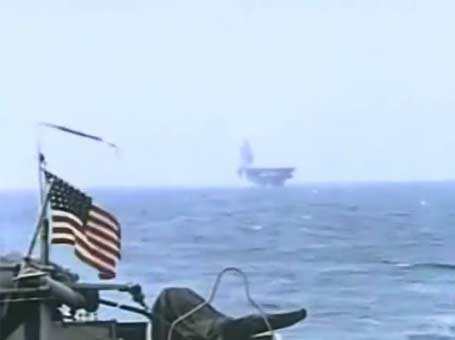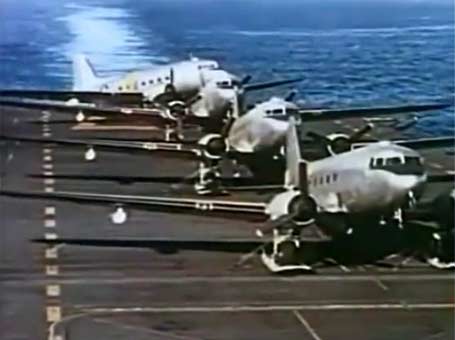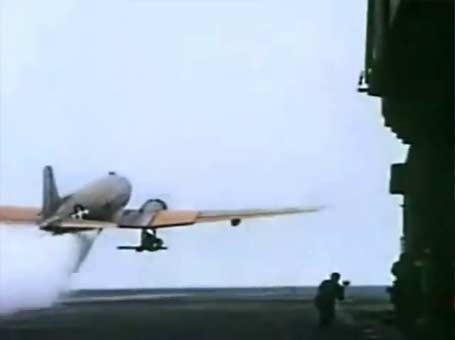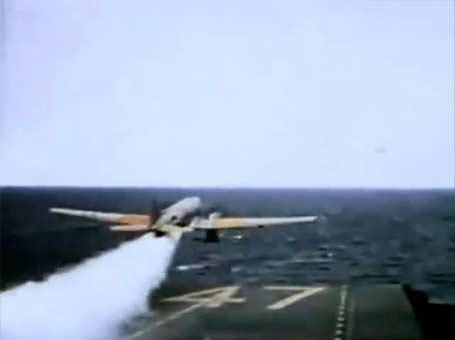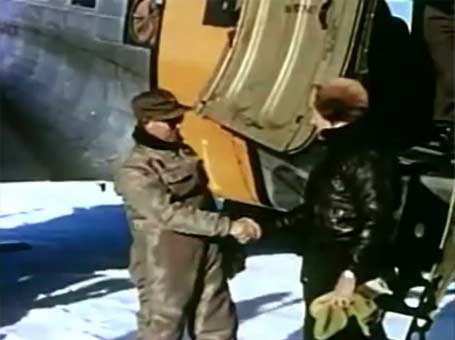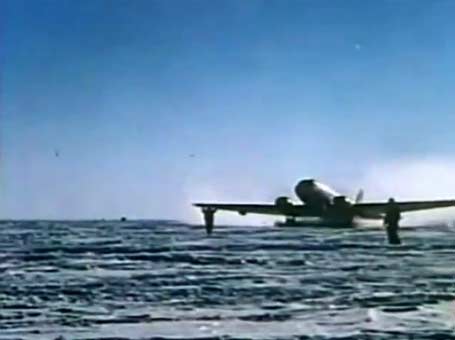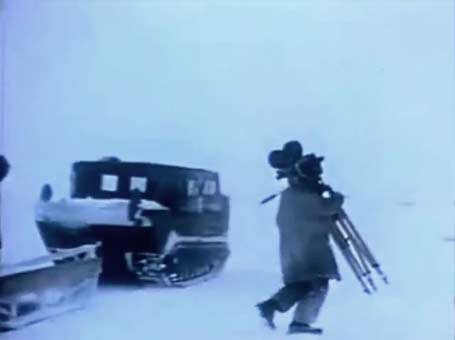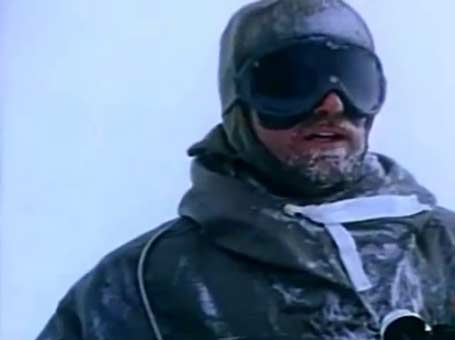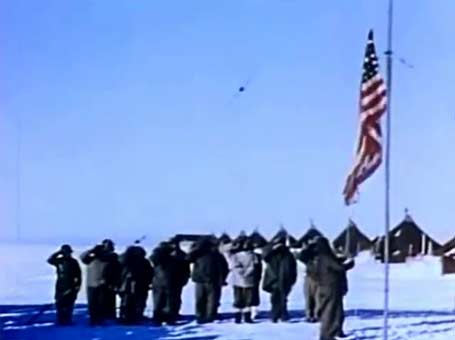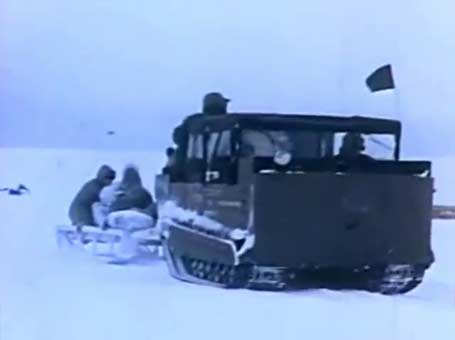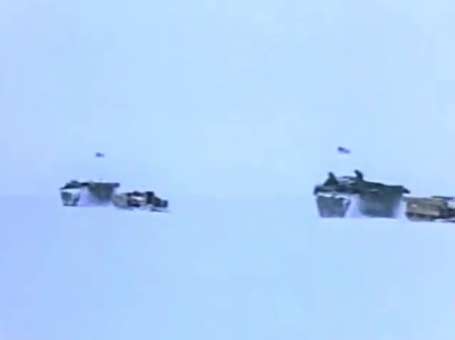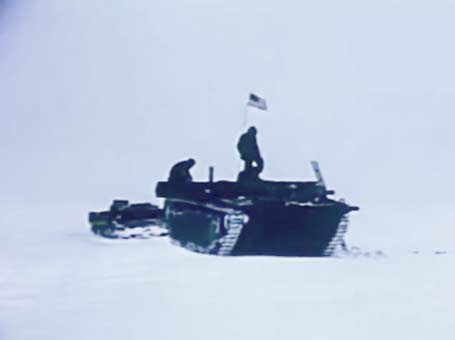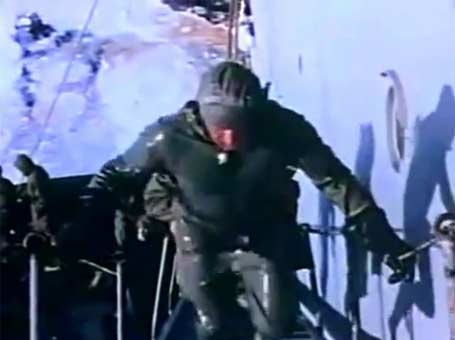The ships of the central group entered the ice pack off the Ross Sea on 31st December 1946 and found conditions as bad as had been noted for over a century. Icebreakers such as the USCGC Burton Island fought to cut a way through the ice to help the men land. (Again, pulling a newly commissioned ship off trials adds to the sense of the urgency of the overall operation.)
The main force was divided into three groups. The Central Group comprised of the Mother ship USS Mt. Olympus (communications), USS Yancey (supply), USS Merrick (Supply), USS Sennet (submarine), USCGC Burton Island (Icebreaker) and USCGC Northwind (icebreaker). The East Group consisted of the USS Pine Island (seaplane tender), USS Brownson (destroyer) and the USS Canisteo (tanker).
Finally there was the West Group which was made up of the USS Currituck (seaplane tender), the USS Henderson (Destroyer), and the USS Capapon (tanker).
The main force was divided into three groups. The Central Group comprised of the Mother ship USS Mt. Olympus (communications), USS Yancey (supply), USS Merrick (Supply), USS Sennet (submarine), USCGC Burton Island (Icebreaker) and USCGC Northwind (icebreaker). The East Group consisted of the USS Pine Island (seaplane tender), USS Brownson (destroyer) and the USS Canisteo (tanker).
Finally there was the West Group which was made up of the USS Currituck (seaplane tender), the USS Henderson (Destroyer), and the USS Capapon (tanker).
More about Operation Highjump (2)
The operation also had the aircraft carrier USS Philippine and a Base Group headed by Commander Clifford M. Campbell. Following its arrival at Antarctica, the force began a reconnaissance of the continent. Byrd himself was onboard the first of the planes to take off on 29th January 1947. Rocket propulsion tubes (JATO bottles) had been attached to the side of the aircraft and the carrier was maneuvered for a 35mph run to help get the planes airborne.
